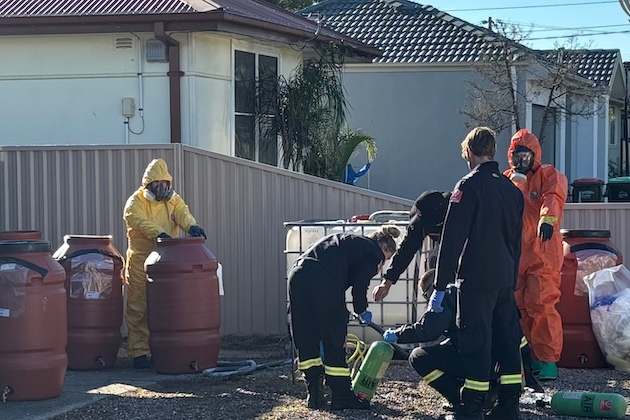2LT National News
17 older Australians die from falls every day. Here are 5 things you can do to reduce your risk
Aug 8, 2025
Share article
Print article
Every day in Australia, more than 400 people aged over 65 are admitted to hospital due to a fall. That’s around one person every four minutes.
Although anyone can experience a fall, they’re a common cause of disability and loss of independence in older age.
Sadly, 17 older people die as a direct result of falls every day in Australia, often due to head trauma or internal bleeding. Many of these people are dying early, not when their “time has come”.
The good news is that many falls are preventable. Here are five key actions you can take to reduce your risk of falls.
Recent Australian fall prevention guidelines recommend all people aged 65 years and over, and Aboriginal and Torres Strait Islander people aged 50 years and over, should take part in exercise to prevent falls, even if they have never fallen.
In particular, exercise that targets balance and strength is crucial for preventing falls. These are exercises you do while standing, with the feet close together or while standing on one leg (if it’s safe to do so).
These exercises should include controlled movement of the body (such as leaning, reaching and stepping). Examples include heel raises, squats, lunges and stepping in different directions.
To gain the most benefits, fall prevention exercises should be performed at least three times per week.
People who have already had regular falls may benefit from specialised advice from a physiotherapist, exercise physiologist or trained exercise instructor.
Certain medications, such as sleeping tablets, as well as taking multiple medications, can increase your risk of falling.
Older people should discuss and have their medications reviewed each year or after a change in their health, by a GP in collaboration with a pharmacist. Where appropriate, a health-care professional may be able suggest changes which minimise the use of medicines that increase a person’s risk of falling.
About half of all falls that result in hospital admissions occur in and around the home.
Older people at a higher risk of falls – such as those with significant vision impairment or who have poor mobility – can benefit from a home safety intervention. This would involve:
This may be more effective at reducing the risk of falls when provided by an occupational therapist.
Even for older people who have not fallen before, it’s a good idea to reduce clutter, ensure good lighting in the house and remove trip hazards such as electrical cords in walkways.
Good vision is essential for maintaining balance, seeing obstacles and moving around safely. Cataracts, a clouding of the lens of the eye, blur your vision and can make you sensitive to light and glare. This common eye condition, associated with age, reduces your ability to spot hazards in the environment.
Research shows having cataracts removed reduces the risk of falls. Fall prevention guidelines recommend a yearly eye check with an optometrist to detect cataracts and other eye conditions.
There’s also evidence wearing bifocal or multifocal glasses can increase the risk of falls by blurring edges close to the feet (such as the edge of a step or gutter). For this reason the Australian fall prevention guidelines recommend active older people use single-lens distance glasses (rather than bifocal, multifocal or progressive lenses) when doing activities outdoors.
It’s also wise for anyone getting a new glasses prescription to be especially careful while they adjust to the new glasses.
Healthy and strong feet are important for maintaining good balance and avoiding falls. Research suggests if people with foot problems or painful feet see a podiatrist to have these problems treated, this can reduce their risk of falls.
It’s also important to wear sturdy, well-fitted shoes that have a low, wide heel for greater stability, and a sole with tread to prevent slips.
Don’t wait for a fall to happen before you take action. Every step you take today to reduce your risk of falls is a powerful move toward staying safe and independent.



